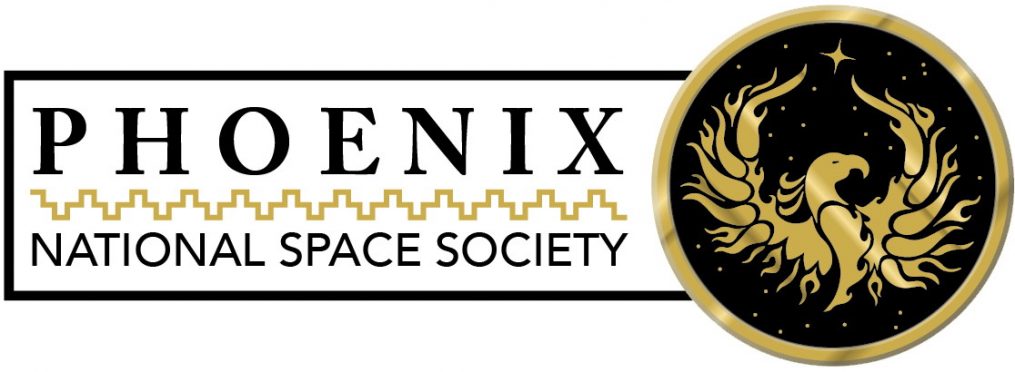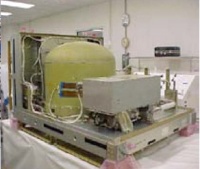Commentary by Michael Mackowski
In 1982, I was living in St. Louis and working for McDonnell Douglas and I was part of a group of space enthusiasts who were planning for a Spaceweek event that summer. In May of that year, the first meeting was held of the St. Louis Space Frontier, a chapter of the L5 Society. Ten years later, changes in the aerospace industry caused me and several other chapter leaders to move away from Missouri, and after a few more years, the club went dormant.
About a year ago, several of the folks who were involved in original chapter and some new folks decided to resurrect the St. Louis Space Frontier, and they just held a regional space development conference called Gateway to Space over the weekend of November 7-9, 2014. I had been in touch with the organizers and was happy to help them with this event, which I attended as both a presenter and a panel moderator. They had a very full and well-rounded program, with three parallel tracks going at times. The speakers covered all the usual topics at an NSS conference, from planetary science to commercial space to living on the Moon. A nice touch was the inclusion of arts and culture, with several artists exhibiting and even demonstrating their work, plus musicians and a fashion show.
This event was well supported by the NSS national office, as they held a board of directors meeting in conjunction with the event. They have been encouraging chapters to hold regional conferences for some time, as these events were much more common back in the 1980s and 90s. Some of the board members who came included NSS executive director Mark Hopkins, Jeffrey Liss, Larry Ahearn, Dale Amon, Bruce Pittman, Al Globus, Lynne Zielinski, John Strickland, Dale Skran, and others. The presence of these folks enabled the St. Louis chapter to show what a small dedicated team can accomplish in regards to a weekend conference. Hopefully this success will encourage other chapters to host similar events. Such regional conferences can be an alternative to the often expensive and unwieldy ISDC event. Having more opportunities for space advocates to learn and interact is a good thing to support.
I gave a talk on Orbital Sciences programs and also moderated a panel on “The Rocky Road to Space Settlement”. Christine Nobbe was the chair of this conference and her idea was to try to address the difficult question of how are we ever going to make any progress towards having people living in space permanently. I used my “road to Mars” presentation as the basis for an overview, as the challenges are very similar. Real progress towards space settlement will need to address these three questions:
- How will we get there? What technology will we use?
- What is the path? Moon, asteroids, Mars, free-space?
- Why go at all?
The panel was a bit large at eight members plus myself, but fortunately not everyone had charts and we had two full hours. It was a bit like herding cats, but everyone shared their perspective, and I attempted to relate how it is progress in this area is going to take ideas and inputs from experts coming from many backgrounds. The bottom line consensus, such as it was, it that government programs are not likely to lead directly to settlements, although they will help pave the way (by pushing the technology for example), and while settlements are probably going to have to be privately developed, the business plan for successfully achieving this involves a lot of arm waving.
I had a lot of fun participating in and listening to all of the programming. What was most enjoyable was meeting up with people I had not seen in 22 years. There was a Friday evening event at the old McDonnell Douglas headquarters corporate museum called the Prologue Room. They had a group of retirees who had worked on the Mercury and Gemini capsules that were built in St. Louis. In this group was a former program manager and department head that I worked for, and it was really nice to talk to them and share my career story from the years since I left. And seeing old friends from the 1980s version of St. Louis Space Frontier was very special.
I left with an optimistic feeling that there is new energy out there in people who still believe in the dream of exploring and living in space and the benefits that will bring to humanity. Hopefully this spirit of St. Louis will inspire other NSS chapters to pick up the pace and continue the work of outreach and awareness of the promise of the space frontier.














You must be logged in to post a comment.